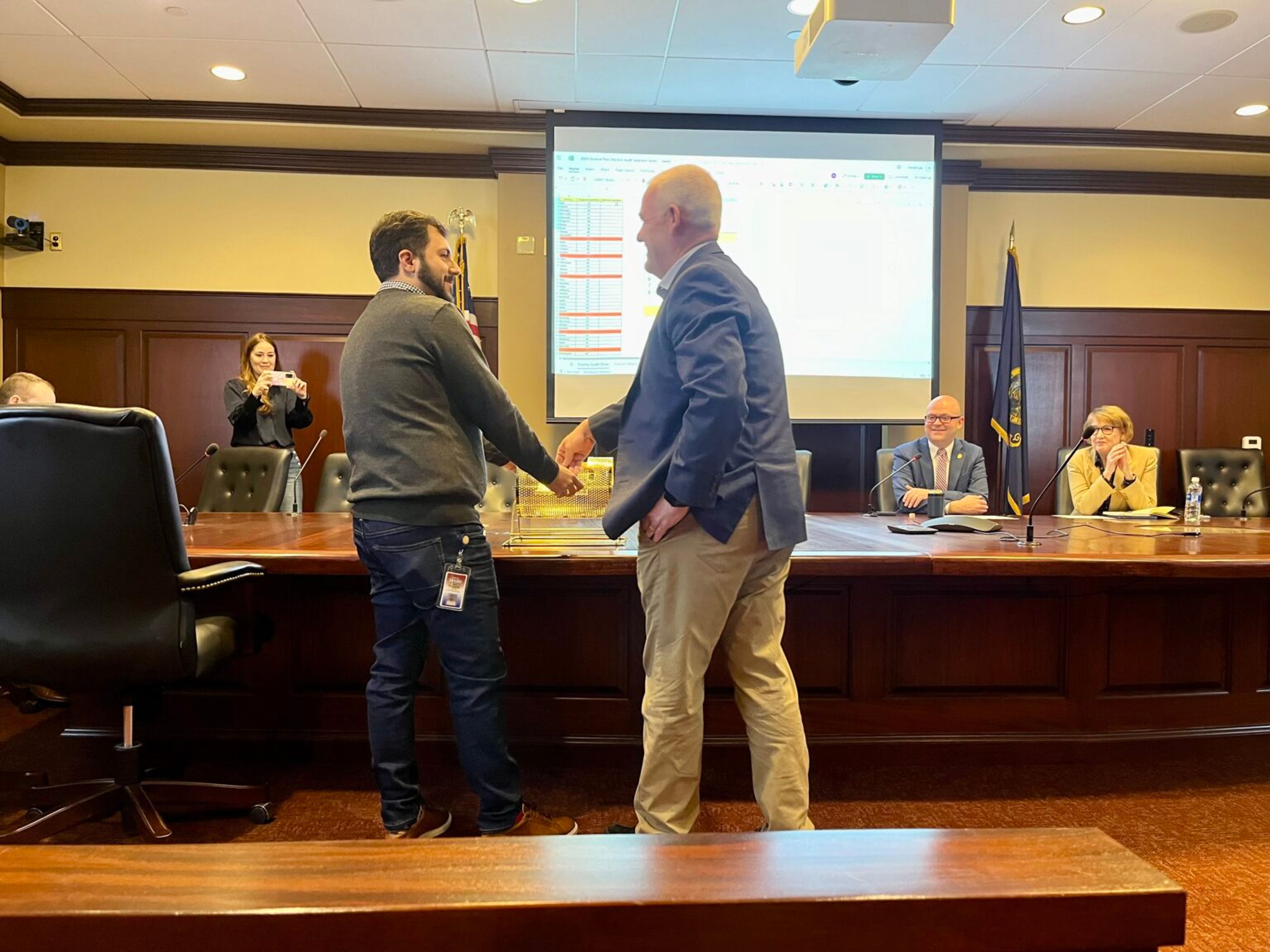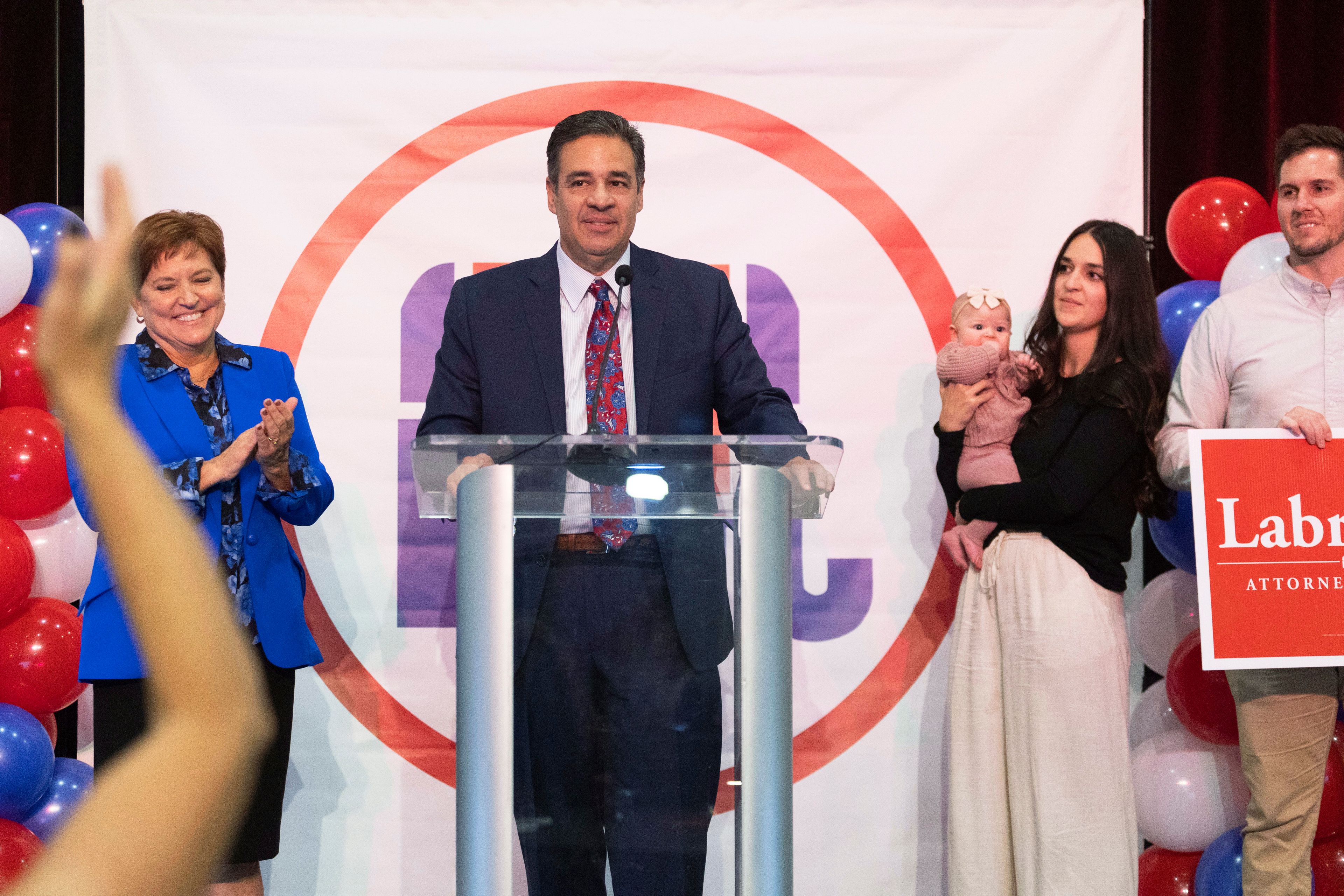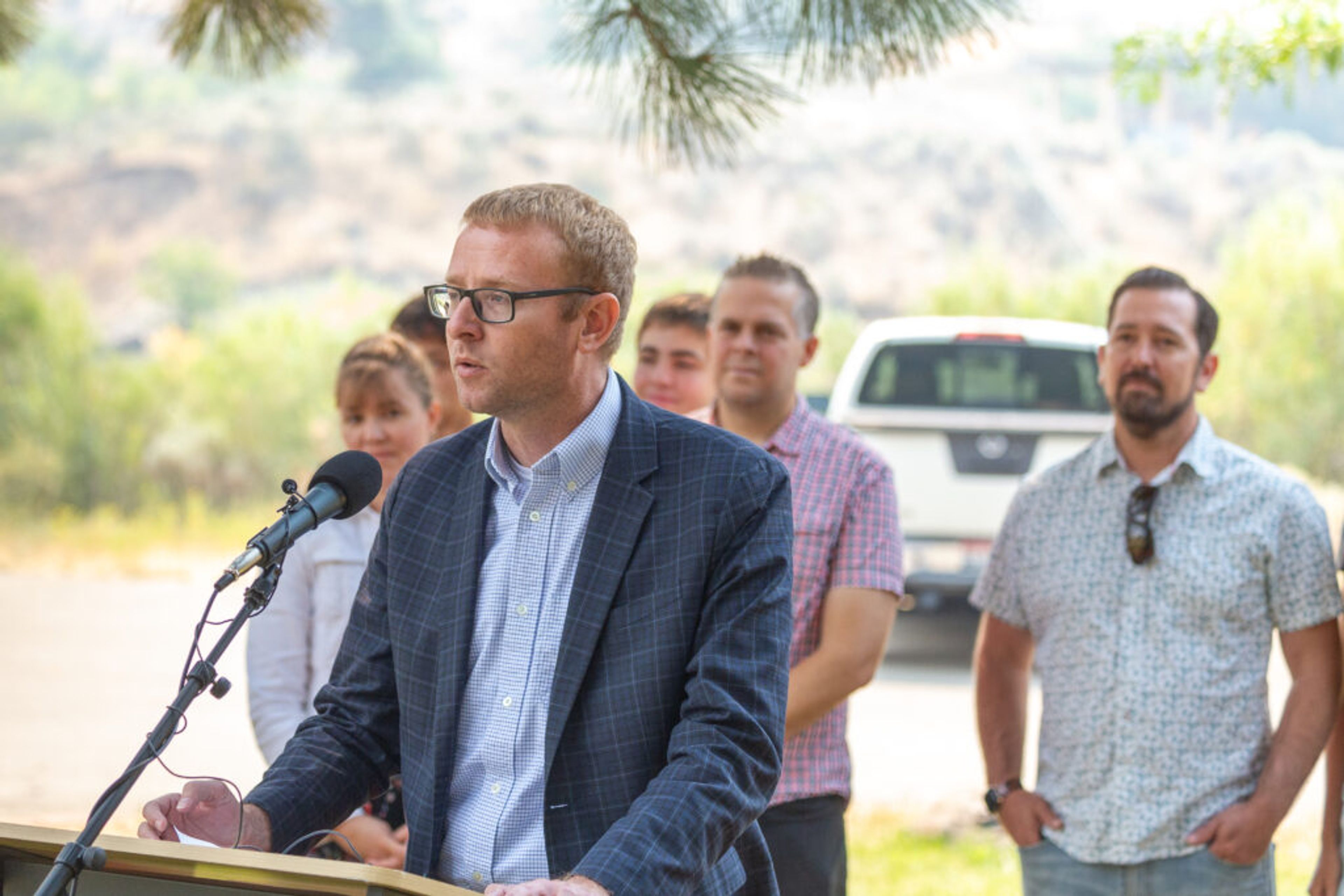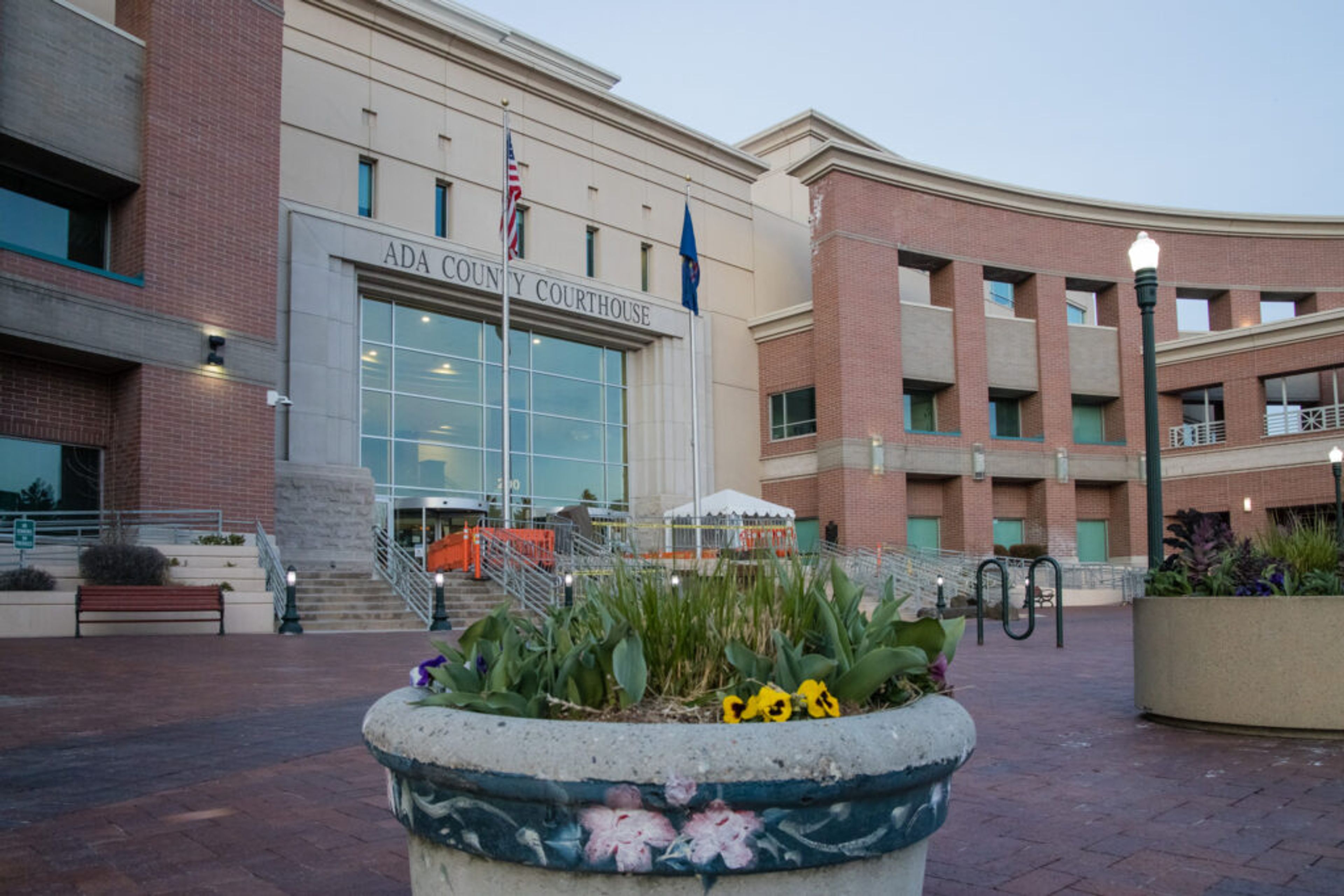Groups: No compromise on steelhead
Two conservation organizations say they won’t back off on moves that may end Idaho’s fishing season
Two of the conservation groups involved in events that led to the pending closure of Idaho’s steelhead season Saturday have signaled they have no intention of backing off from their belief that wild fish need more protection.
Draft comments from the Conservation Angler and the Wild Fish Conservancy to Idaho’s Steelhead Fisheries Management Evaluation Plan indicate the groups believe NOAA Fisheries should not approve the document that would allow Idaho to hold steelhead fishing seasons and that rushed approval of the plan could lead to a lawsuit — this time aimed at NOAA Fisheries.
“Everybody is expecting that thing to be rushed through as fast as possible,” said David Moskowitz, executive director of the Portland-based Conservation Angler. “If that is the case, if our comments are ignored and what NOAA actually approves for a fishery lacks scientific rigor and is arbitrary and capricious, I think you can expect we are going to look really carefully at that,” he said.
The groups have asked for a two-week extension of the public comment period on the plan. Michael Milstein, a spokesman for NOAA Fisheries, said the agency is likely to grant a one-week extension. But he said giving additional time is not expected to alter the agency’s timeline. Milstein said additional people at the agency have been assigned to the document, which is now expected to be through the review process and possibly approved as soon as early to mid-February. The agency had earlier indicated the work would not wrap up until March.
“We are pulling more staff into this to try to move it as quickly as possible. We are shooting for sometime in the first half of February,” Milstein said. “We think we can still do that even if we have another week for comments. We don’t want to slow it down because we know how many people are watching this and interested in it.”
Among the groups’ concerns with Idaho’s plan as written are the number of hatchery steelhead released into Idaho rivers and what the groups believe is an underestimation of the rate at which wild steelhead are caught and released.
Fishing rules require anglers to release wild steelhead. Fisheries officials know some of those fish die from the experience of being caught and released. Idaho’s plan estimates a hook-and-release mortality rate of 5 percent, and that about 64 percent of wild fish are hooked during a typical fishing season. That brings the estimated catch-and-release mortality rate to about 3.2 percent.
The Conservation Angler and the Wild Fish Conservancy say in their comments that wild fish are more aggressive than hatchery fish and are thereby caught at a higher rate than hatchery fish. Also, many are likely caught multiple times over the course of the six-month fishing season. They point to a recent study from the Bulkley River in Canada that indicated 15 percent of hooked-and-released steelhead perish; if not immediately, before they reach spawning grounds. The groups said the state also should assume a 15 percent long-term mortality rate.
“The 3.2 percent estimated mortality rate is likely to considerably underestimate the true mortality rate and the total harmful impacts on wild Snake River steelhead,” according to the groups’ comments.
In addition, the groups said many of the hatchery fish that are not caught by anglers may not return to hatcheries and instead spawn in the wild. Fisheries biologists believe that hatchery fish that spawn with wild fish produce offspring that are less fit. They would like the state to require anglers who catch hatchery fish to kill them so they don’t have a chance to spawn in the wild, and for the state to reduce the number of hatchery fish it releases. Requiring anglers to kill hatchery fish also would mean they would have to quit fishing for the day once they reach their limit, and that would reduce the number of wild fish caught and released.
The groups also are critical of Idaho’s plan because it allows anglers to remove wild fish from the water for photographs before they are released. They point to the websites of outfitters and guides, and even the Lewiston Tribune’s Outdoors Brag Board, that sometimes include photos of anglers holding wild fish out of the water.
“Finally, the (Fisheries Management and Evaluation Plan) does not require anglers to keep fish in the water during capture and release in order to eliminate exposure to air, that is known to have negative impacts on the immediate survival of released fish as well as post-release sublethal effects that are likely to negatively affect reproductive success,” they say.
In their comments, the groups note that steelhead have to pass eight dams before reaching Idaho. They also must survive both sport fisheries and tribal gill-net fisheries in the Columbia River, which have a much higher mortality rate, especially on the large B-run steelhead that return to the Clearwater River and some tributaries to the Salmon River. Wild fish caught in gill nets cannot be released.
The groups have not yet targeted tribal gill-net fisheries, but Moskowitz said they are urging the tribes, including the Nez Perce, to adopt fishing methods that have lower mortality rates for wild steelhead.
“They have a right to take these fish. It would be nice to see if there is a way they can benefit from all the hatchery fish and not harm the wild fish, and we are going to push for that.”
If NOAA Fisheries approves the one-week extension, comments on the plan will be due Dec. 13. The plan is available for review at bit.ly/2KagTVB.
Barker may be contacted at ebarker@lmtribune.com or at (208) 848-2273. Follow him on Twitter @ezebarker.








